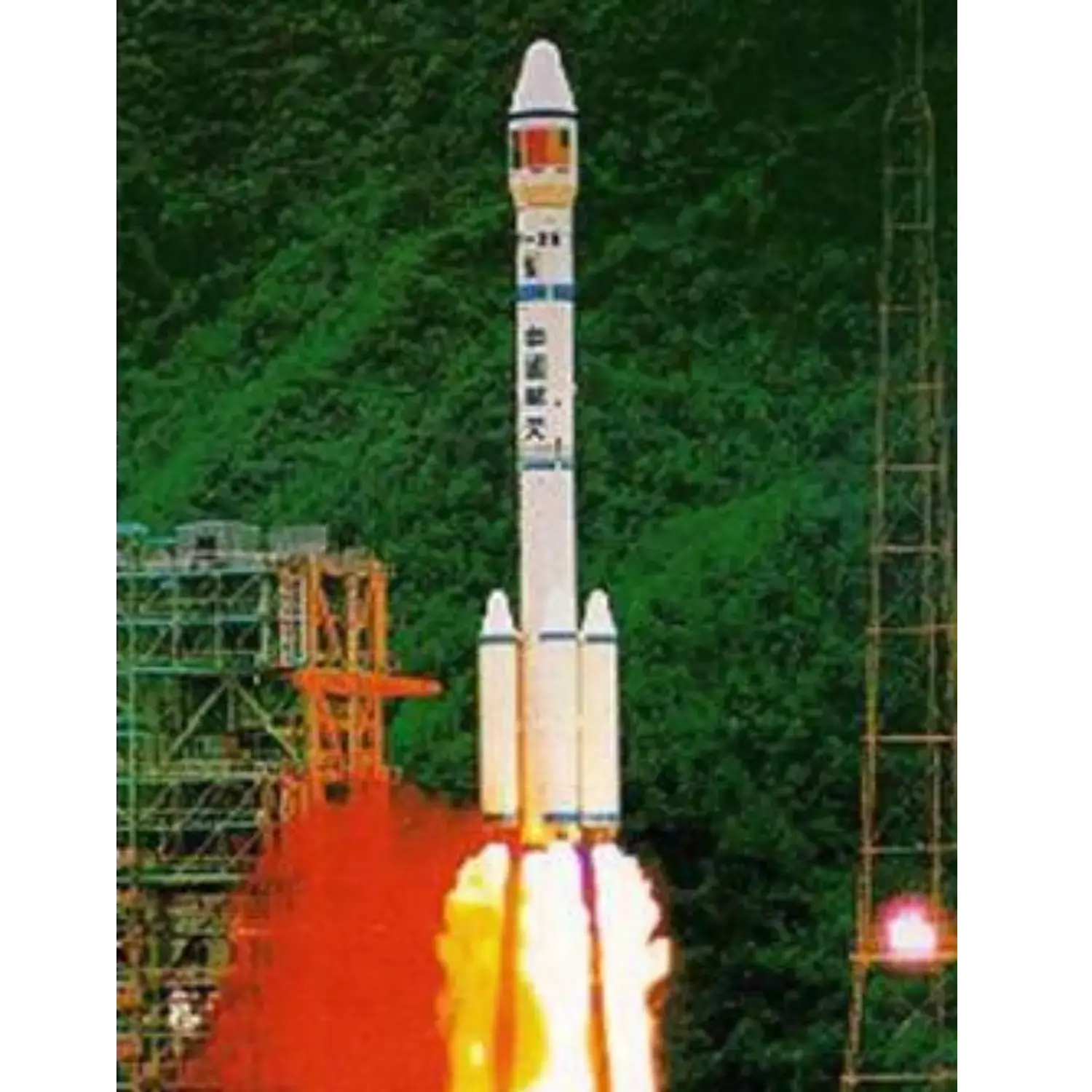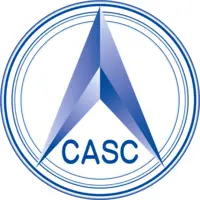/
Apstar 2
Launch Failure
Liftoff Time (GMT)
22:40:00
Wednesday January 25, 1995
Mission Details
Launch Notes
Payload fairing collapsed due to structural deficiency, aggravated by excessive vibration caused by wind shear. The failed rocket also veered off course after launch and killed at least six people on the ground. The origin of the vibrations that caused the failure is still unknown. Hughes and China concluded that both the fairing and the satellite were faulty. As it seems more likely that the Chinese fairing was the cause, this flight is counted as a failure. Last flight of the CZ-2E without its EPKM upper stage.
Apstar 2
The APStar 2 satellite was designed to serve two-thirds of the world's population - from China, Japan, and Vietnam on the east; to Russia, Eastern Europe, and India on the west; and to Australia on the south. APT Satellite Company, Ltd., of Hong Kong, ordered the high-power Hughes HS 601 spacecraft model in November 1993, as well as satellite control facility equipment and operator training. APStar 2 was to have provided video services for program distribution and syndication; data services for business applications; and services for video, radio, data, and telephone transmission. The C-band payload, using 52-watt traveling-wave tube amplifiers (TWTAs), had 26 active and six spare transponders. The Ku-band payload had six active channels (with two spares) powered by 50-watt TWTAs and two high-power channels (with one spare) powered by 120-watt TWTAs. APStar 2 was designed to generate 4300 Watts with its two solar wings, each carrying four panels of K-4 3/4 solar cells. The APStar 2 configuration included two dual-surface, hexagonal reflectors, each with a diameter of 2.1 meters, located on the east and west sides. A 30-cell nickel-hydrogen battery was included to power the spacecraft during an eclipse. APStar 2 used Hughes' advanced shaped-reflector technology, which concentrates the satellite's beam over targeted land areas while avoiding uninhabited oceans. Hughes' patented, highly efficient design eliminates the need for multiple feedhorn configurations.
Geostationary Transfer Orbit
1 Payload
3,000 kilograms
Rocket


Agency
CACRocket
Height: 49.73m
Payload to Orbit
LEO: 9,500 kg
GTO: 3,500 kg
Liftoff Thrust
5,923 Kilonewtons
Fairing
Diameter: 4.2m
Height: 12m
Stages
2
Strap-ons
4
Launch Site
Stats
Long March 2E
5th
Mission
1st
Mission of 1995
1995
4th
Orbital launch attempt